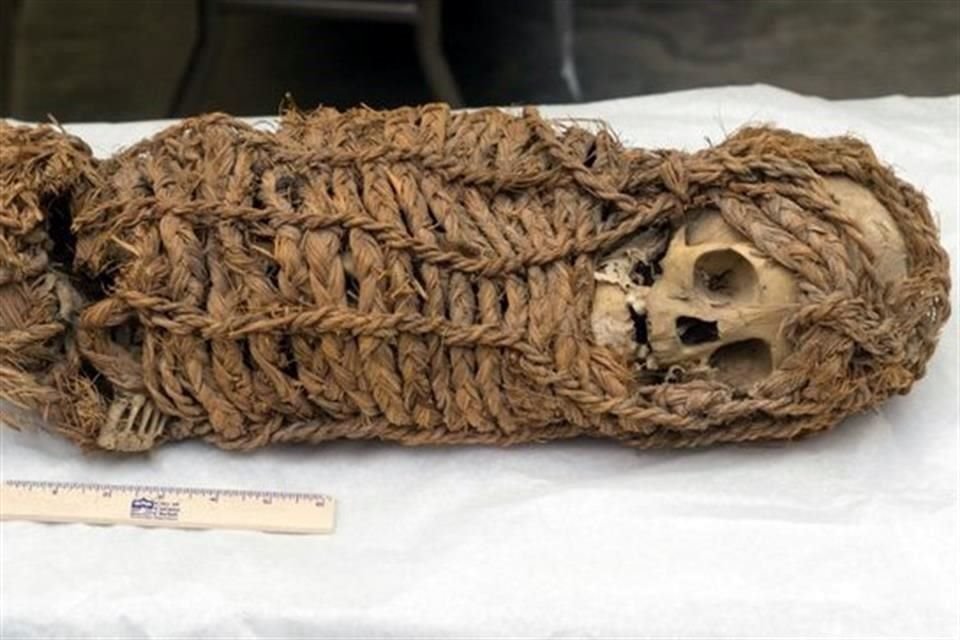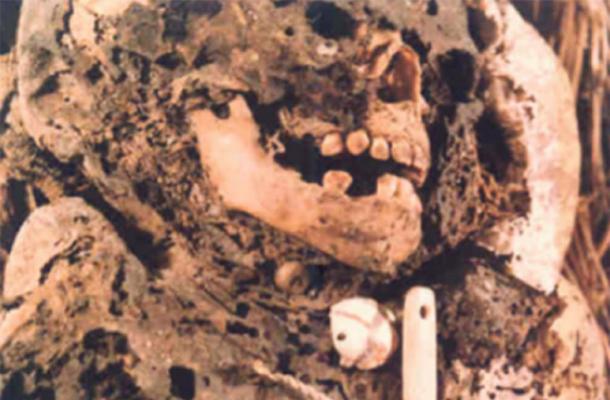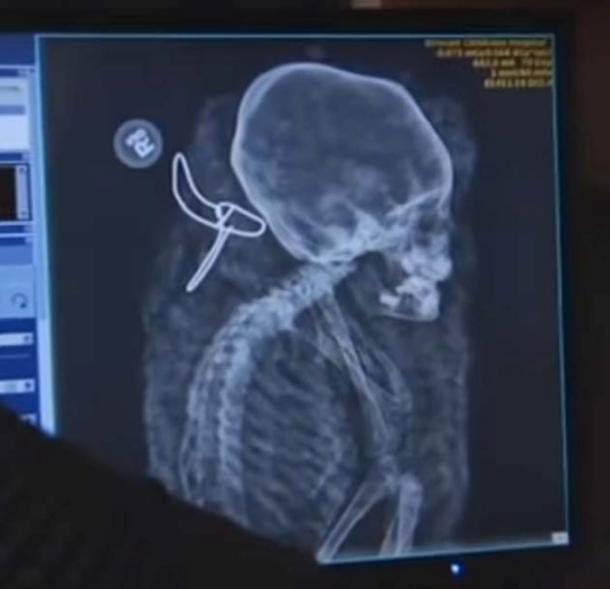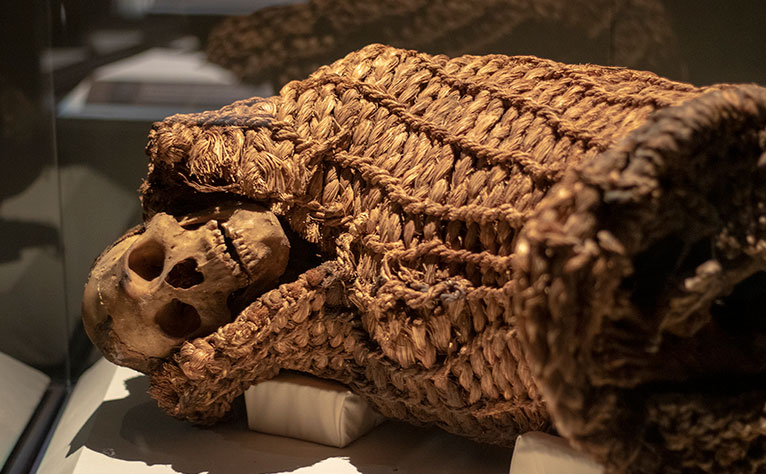A 2,000-year-old mummy, housed at the Corpus Christi Museum of Natural History in Texas, has been transported to Driscoll Children’s Hospital for X-ray analysis. The museum is collaborating with the hospital to determine the mummy’s age, gender, and cause of death, shedding light on its ancient origins.
Ancient Peruvian Mummy Examined by Doctors in a Hospital

The mummy, believed to be a young girl from the Inca Empire in Peru, dates back approximately 2,000 years, as per records from the Corpus Christi Museum of Science and History. To unveil the secrets held by this ancient relic, doctors have employed X-ray technology.
Suzi Beckwith, Diagnostic X-ray Coordinator at Driscoll Children’s Hospital, expressed her excitement, stating, “She was not my average patient!” The mummy has been in the care of the Corpus Christi Museum for over six decades, but the current endeavor aims to gather as much information as possible to facilitate its eventual return to its original region.

The Long History of Peruvian Mummies
The examination of Peruvian mummies to gain insights into ancient Peruvian culture and society is not a novel endeavor. In a previous study, researchers investigated four mummies from Peru’s Tres Ventanas cave, estimated to be 8,000 to 10,000 years old.
These mummies shed light on the agricultural practices and animal domestication that took place around the same time as those in Egypt and Mesopotamia. The significance of these physical remains and their contextual findings has only recently come to light, emphasizing the potential for future research on mummified remains.

X-Rays of the Mummy Could Confirm a Lot of Information
The X-rays of the mummy have the potential to definitively determine its gender, age, and cause of death. Jillian Becquet, Collections Manager at the Corpus Christi Museum of Science and History, explains that the goal is to provide information to anthropologists in Peru and ascertain the cultural group to which the mummy belonged.

Previous records indicate that the mummy was initially exhibited in New York City before finding its way to the Corpus Christi Museum in 1957. Restoring the mummy to its rightful place is of utmost importance, honoring the caring burial conducted by her community.
The transfer of the ancient Peruvian mummy to Driscoll Children’s Hospital for X-ray examination marks an important step in unraveling its mysteries. Through collaboration between the museum and the hospital, valuable information about the mummy’s age, gender, and cause of death will be revealed, contributing to our understanding of ancient Peruvian culture. Once the examination is complete, the mummy will be returned to its homeland, where Peruvian anthropologists will evaluate the findings and further validate the research.



